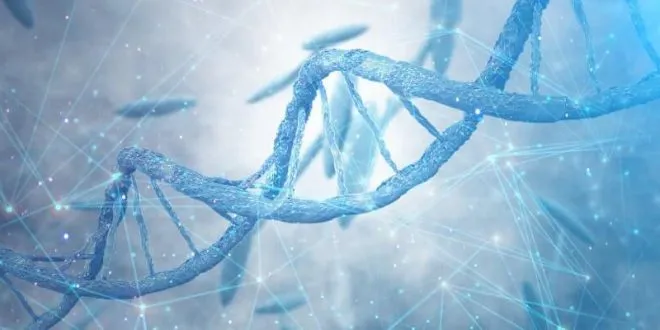Last Updated on October 11, 2025 by Muhamed Elmesery
The DNA extraction virtual lab is the most affordable method to simulate an equipped laboratory that offers a realistic lab experience for the DNA extraction process.
DNA extraction virtual lab helps universities to provide their students with an immersive learning experience using the technology of virtual labs to improve the quality of science education.
But why do universities need to improve the quality of science education?
Actually, the world is growing incredibly fast, which increases the list of growing challenges that will need to be solved by the current and future students.
This is because those students will be the scientists of the future who will deal with the world’s great challenges including, but not limited to, global warming, solving starvation and water shortages, and of course curing diseases.
Try DNA Extraction in Praxilabs Virtual Labs
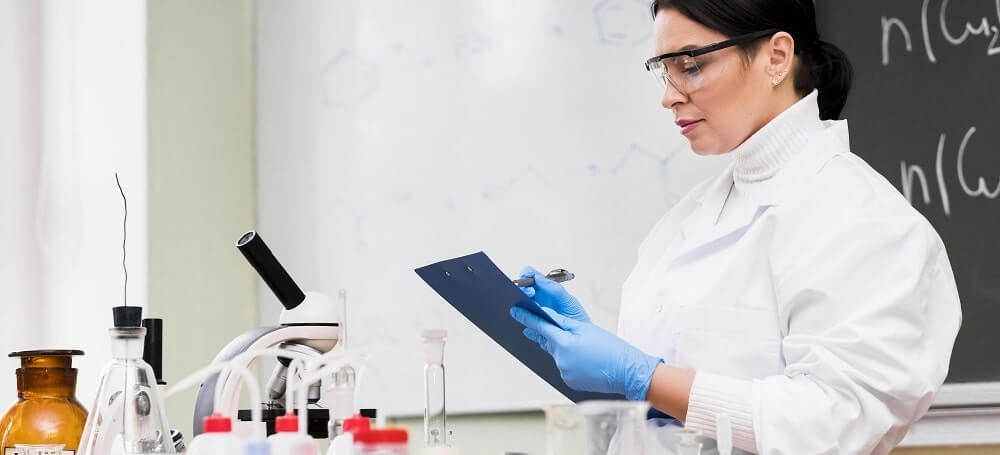
Curing diseases need biological experts with a great passion for science and enthusiastic about studying dangerous submicroscopic infectious agents such as viruses and bacteria.
And they must be brilliant in conducting biological lab experiments such as DNA extraction. This is because DNA extraction is one of the essential experiments that must be done to define, classify, and study the infection agents.
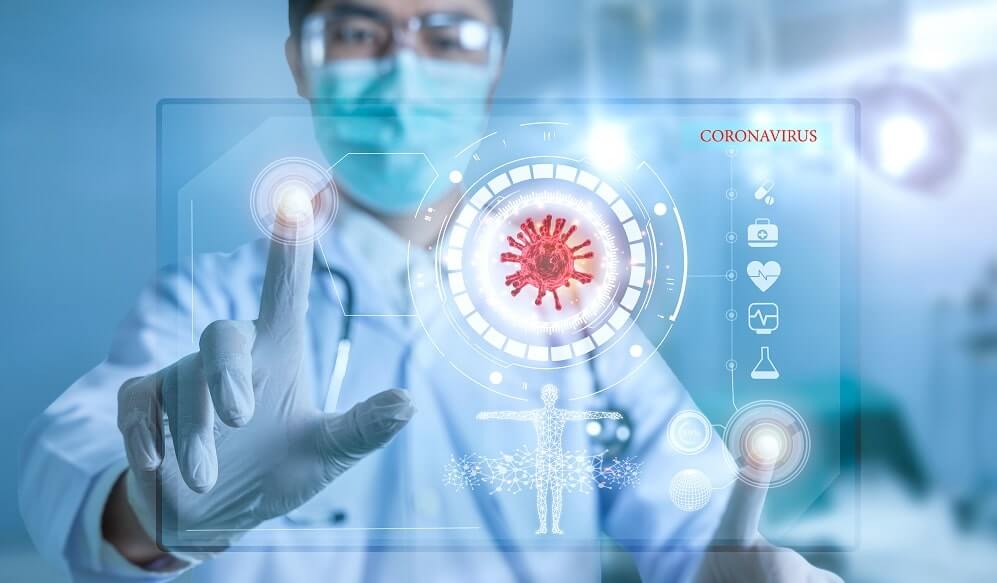
So universities around the world must improve their science teaching quality. That can be done by providing a well-training, interactive, and interesting environment in the scientific lab equipped with cutting-edge equipment.
Probably, the provision of these factors for all students in the real lab will be a challenging task because of its high cost, time and space constraints, number of students, and safety risks. But can the virtual biology lab provide the solution?
Table of Contents
DNA extraction simulation provided by PraxiLabs
The realistic lab experience of the DNA extraction virtual lab will help the biological students to be ready to do their role after graduation.
They will become more proficient in lab procedures and tools, which leads to better performance and understanding of the DNA extraction process.
Also, it will help students become more engaged and motivated through high levels of interactivity in a game-like environment, which can not be provided in the real DNA extraction lab.
Through the types of DNA sequencing extraction online experiment simulation, students will be able to extract cellular DNA using the phenol-chloroform method, try out cutting edge lab equipment, and learn from their mistakes in a safe and affordable environment.
And in order to assess the students’ progress by themselves or by teachers, they will get access to the help of theory pages and quiz questions that is provided inside the DNA extraction virtual lab.
In addition to these features, DNA extraction virtual lab will give them a real-world understanding of the concepts and procedures of DNA extraction experiment without jeopardizing their safety.
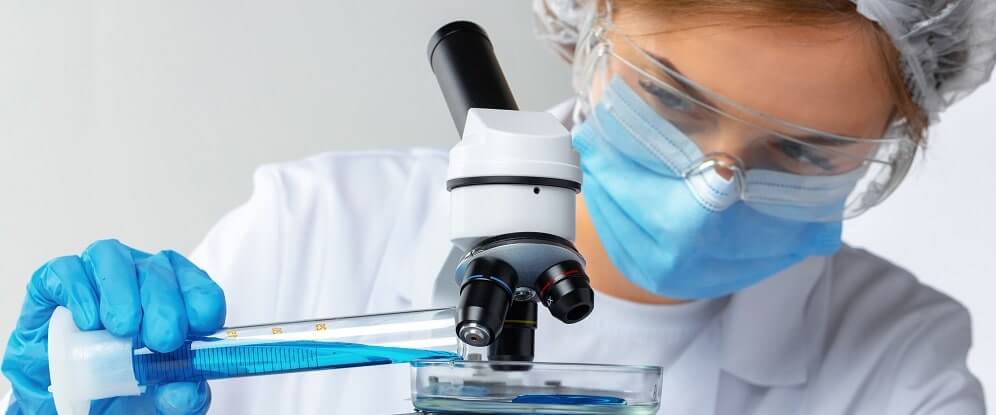
So conducting experiments now can be done in a fun and risk-free learning environment using the virtual lab. That lets the students perform experiments and practice their skills in realistic lab experience.
In this article, we will take a quick look at an example for biology virtual labs which is the DNA extraction virtual lab from PraxiLabs.
But in the beginning, we need to know more about DNA by answering some questions.
What is the DNA? How did the scientists discover it? What is the structure of the DNA? Why is DNA extraction important? And how did science benefit from studying it?
And then you can start trying your DNA extraction biotechniques virtual lab.
Introduction to DNA
What is DNA?
Deoxyribonucleic acid, or DNA, is the hereditary material in humans and almost all living organisms. It is the chemical name for a complex molecule that contains the genetic material of a cell that carries the information an organism needs to develop, live, and reproduce.
This information exists inside every individual cell and is transmitted across generations from parents to their children.

Almost all cells in the human body have the same DNA. The nuclear DNA is the DNA that can be found inside the cell nucleus, and the mitochondrial DNA is the small amount of DNA that exists inside the mitochondria. Mitochondria is a semi autonomous double-membrane-bound organelle found in most eukaryotic organisms.
DNA Discovery
In 1953 American biologist James Watson and English physicist Francis Crick discovered DNA when they reached their groundbreaking conclusion: the DNA molecule exists in the form of a three-dimensional double helix.
But it is important to mention that there was previous work done first by Swiss chemist Friedrich Miescher, who identified the DNA. He could isolate the DNA for the first time in 1869 while working in the laboratory of the biochemist Felix Hoppe-Seyler.

He was participating in a project that aims to detect the chemical composition of cells. In the beginning, he started his work using lymphocytes drawn from lymph nodes but he couldn’t get acceptable quantities for analysis. So he decided to gather leucocytes, white blood cells from pus found on fresh surgical bandages collected from a nearby surgical clinic.
In the course of his work on leucocytes, he noticed the precipitation of a new substance that he called ‘nuclein’ as it exists in the nuclei of the cell.
After more analysis, Miescher discovered that the chemical composition of the nuclein is different from proteins and other known molecules. He guessed that it has a different and critical role within the cells. After that, Miescher found a way to isolate the new substance from salmon sperm.
Since Miescher’s time, there have been many developments made to the methods for extracting and isolating DNA.
Then, within decades following Miescher’s work, Phoebus Levene and Erwin Chargaff carried out a series of research efforts that provided more details about primary chemical components of the DNA molecule and the ways in which they joined one another.
Consequently, Watson and Crick’s achievement was possible only with the scientific foundation provided by these pioneers.
In the 1950s, Watson and Crick started a fierce competition with many scientific teams to discover the form and structure of the DNA. Then they were joined by Wilkins, who was part of the Manhattan Project that produced the first nuclear bomb.
That made Wilkins feel guilty, as he was one of the makers of death. Therefore, he decided to participate in the making of life to atone for his sin. Therefore, he became a member in a project of discovering the form and structure of the DNA.
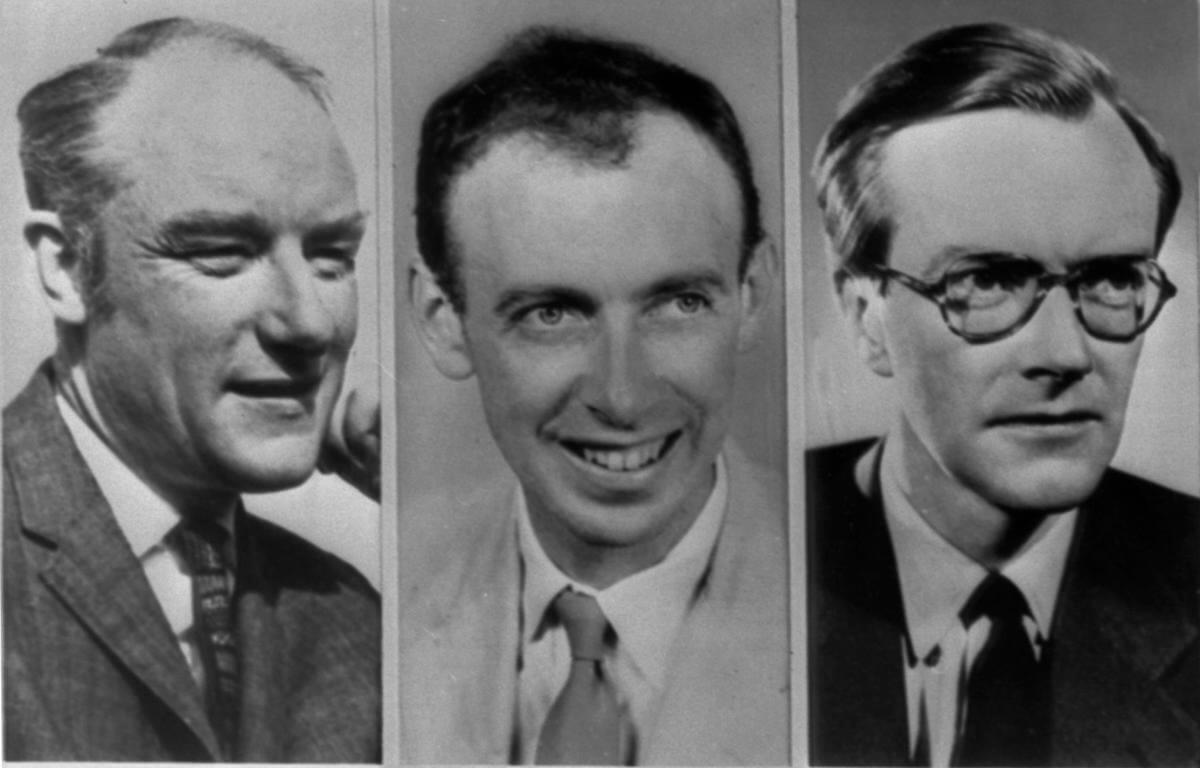
Wilkins introduced X-ray reflections that he used to photograph the genetic material to Francis Crick and James Watson after they began their studies on the DNA in 1953. Watsons quickly showed Crick these images. Thus, Crick was able to reach the form of the DNA that is currently adopted: a helical duplex.
Watson also discovered the chemical composition of DNA. Francis Crick, James Watson, and Morris Wilkins won the Nobel Prize in Medicine in 1963.
Read our blog about The Top Greatest Scientists in History.
And from the 1950s until very recently the techniques of extracting DNA was very complex, labor-intensive, and time-consuming.
But now the methods are different and effective. And with the development of commercial kits and the automation of the process, the extraction of the DNA becomes much easier.
What is DNA Structure?
DNA Molecule consists of two long polynucleotide Complementary Chains composed of four types of nucleotide sub-units.
These two chains are held together by the Hydrogen bonds between the base portions of the nucleotides, the chains wind around one another to form a shape known as a double helix.

Each one of these chains is known as a DNA chain or a DNA strand. The information in DNA is stored as a code made up of four chemical bases: adenine (A), guanine (G), cytosine (C), and thymine (T).
The number of bases in Human DNA is about 3 billion bases, all people sharing the same 99% of those bases.
What determines the information available for building and maintaining an organism is the order, or sequence, of these bases, such as the words and sentences that built up from a certain order of letters of the alphabet.

DNA has an important property that it can replicate or make copies of itself. Each strand of DNA in the double helix can serve as a pattern for duplicating the sequence of bases.
This is critical when cells divide because each new cell needs to have an exact copy of the DNA present in the old cell.
Pick The Best Virtual Plan from Praxilabs
DNA Extraction
Importance of DNA Extraction
We can define DNA extraction as “Isolation of DNA by breaking the cell membrane and nuclear membrane with the help of chemicals, enzymes or physical disruptions,” and it has been the target of a lot of research.
The extraction of DNA is critical to biotechnology. It is the first step of different applications, varying from fundamental research to routine diagnostic and therapeutic decision-making.

The importance of DNA extraction and purification is that they are essential to defining the unique characteristics of DNA, such as its size, shape, and function.
Investigation of the DNA structure and sequence in relation to diseases helped in finding out the molecular basis and cure for various diseases.
DNA study also allowed the production of many vaccines, hormones, and enzymes. as well as it was also very beneficial in the forensic/medico legal entities.
To study DNA it must be extracted out of the cell, Hence; DNA extraction technique is widely used in research labs.
Phenol Chloroform Extraction Method
The DNA extraction experiment in PraxiLabs’ 3D virtual lab of biology is based on the phenol chloroform extraction methods. As it is a well known and widely accepted DNA extraction method for long.
The three main chemicals that are used in extracting DNA are phenol, chloroform, and isoamyl alcohol.
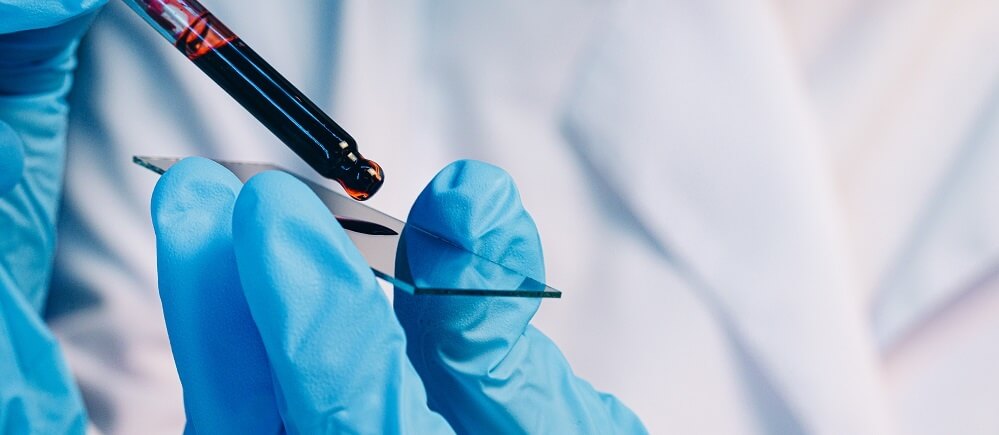
The property of solubility is a very critical property that you can separate any biological molecule based on it, as every molecule has its own solubility in water or specific solution.
So, we can separate the DNA based on the DNA molecules solubility in immiscible solutions, and that is called the liquid-liquid DNA extraction methods. And the phenol chloroform DNA extraction method is one of these methods.
What is The Principle of DNA Extraction?
As we mentioned before, the main idea of phenol chloroform DNA extraction method is built on the liquid-liquid extraction of biomolecules.
The solubility of the biomolecules is considered as the base of the entire mechanism. So it is used to denature and remove the protein portion of the cell.
Walkthrough the DNA extraction virtual lab from PraxiLabs.
Chemicals That are Used in The Separation Process
Sometimes the phenol-chloroform DNA extraction method is called PCI or phenol-chloroform isoamyl alcohol method of DNA extraction. That is because this method is more effective along with isoamyl alcohol.
Phenol
Because the phenol is a non-polar solution, the DNA is insoluble in it. But protein has both polar and non-polar group present in it because of the long chain of different amino acids. Different amino acids have different groups present on their side chain.
And adding phenol makes the protein unfolded, as the folding of the protein into the secondary, tertiary, and quaternary structures depends on the polarity of the amino acids.
Chloroform
We can conclude the role of chloroform in the following points:
- The use of chloroform mixed with phenol is more efficient at denaturing proteins than either reagent alone.
- Chloroform allows suitable separation of the organic phase and aqueous phase that keeps the DNA protected into the aqueous phase.
Application of DNA Extraction
The extraction of DNA is very important to study genetics and diseases and to develop diagnostics and drugs.
Also, it is a critical thing to carry out forensic science, sequencing genomes, detecting bacteria, and viruses in the environment and to determine paternity.
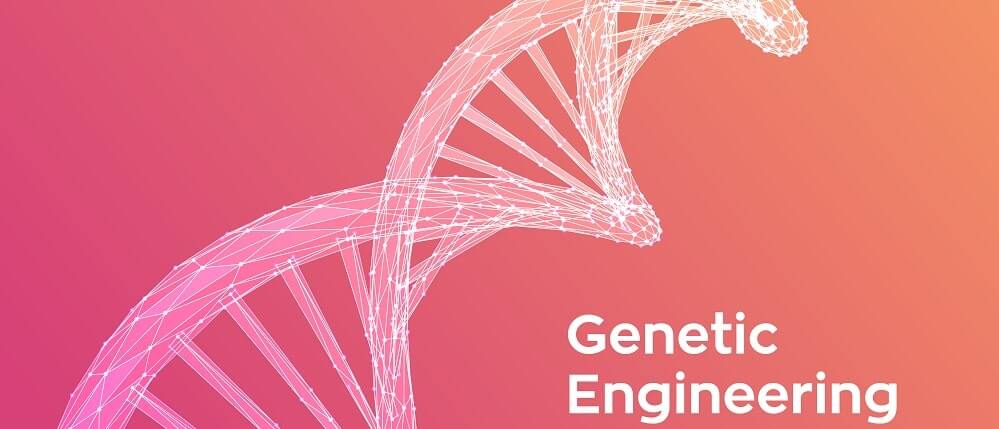
Genetic Engineering of Plants
DNA extraction is essential in the process of genetic modification of plants. There are a lot of agricultural companies that use genetic extraction to isolate DNA from organisms with desirable traits to transplant into the plant’s genome.
Altering Animals
The genetic engineering of animals is a very broad field that starts from editing a single gene to transplanting genes between animals. DNA extraction is also the first step in these processes.
Pharmaceutical Products
DNA extraction is an important and essential step to manufacture a number of pharmaceuticals. These pharmaceuticals include the Hepatitis B vaccine and human growth hormone (hGh) which are made via recombinant genetics. And there are some hormones created using DNA extraction; the most common between them is insulin.
Medical Diagnosis
There are some conditions that can be diagnosed by genetic testing such as sickle-cell anemia, cystic fibrosis, fragile x syndrome, hemophilia A, Down’s syndrome, Huntington’s disease, and Tay-Sachs disease. It also help geneticists to test.
Paternity Tests
DNA extraction is also helpful for determining the paternity of a child. Whether a person wants to prove they are or are not the father, DNA from both the potential father and the baby can help prove or disprove a person’s claims to paternity.
Identity Verification
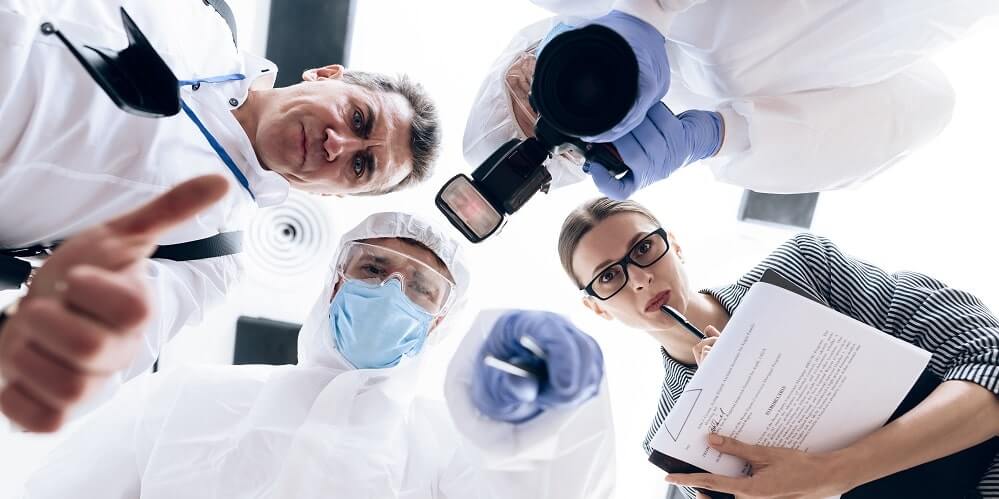
Genetic fingerprinting is one of the most important applications for DNA extraction, where we can match genetic material from an individual with other genetic materials available. Genetic material from an individual can be compared to genetic material at a crime scene, such as blood, for example.
Hormones
Hormones are vital for helping people grow and develop. DNA extraction helps with developing these through recombinant DNA technology. Two major examples of hormones that use DNA extraction include:
- Human growth hormones: These hormones help a large number of people with various conditions. For example, people with growth issues, renal carcinoma, or Tumer’s syndrome can benefit from human growth hormones.
- Insulin: People with diabetes often need insulin, specifically people with type I diabetes. DNA extraction can help with insulin production via recombinant DNA.
The productions of these hormones would not be possible without reliable and exact DNA extraction. Researchers are able to determine the best proteins that can help people with the various conditions mentioned above.
Get Hands-On with Genetics: Try the DNA Extraction Virtual Lab Today!
On PraxiLabs, we provide your students with a smart 3D realistic simulation for DNA extraction to learn how to extract cellular DNA using phenol/chloroform method.
You can access the DNA extraction virtual lab using the internet anywhere and anytime you want.
PraxiLabs Virtual Labs include a range of 3D science experiments in physics, chemistry and biology experiments
 PraxiLabs A virtual world of science
PraxiLabs A virtual world of science

